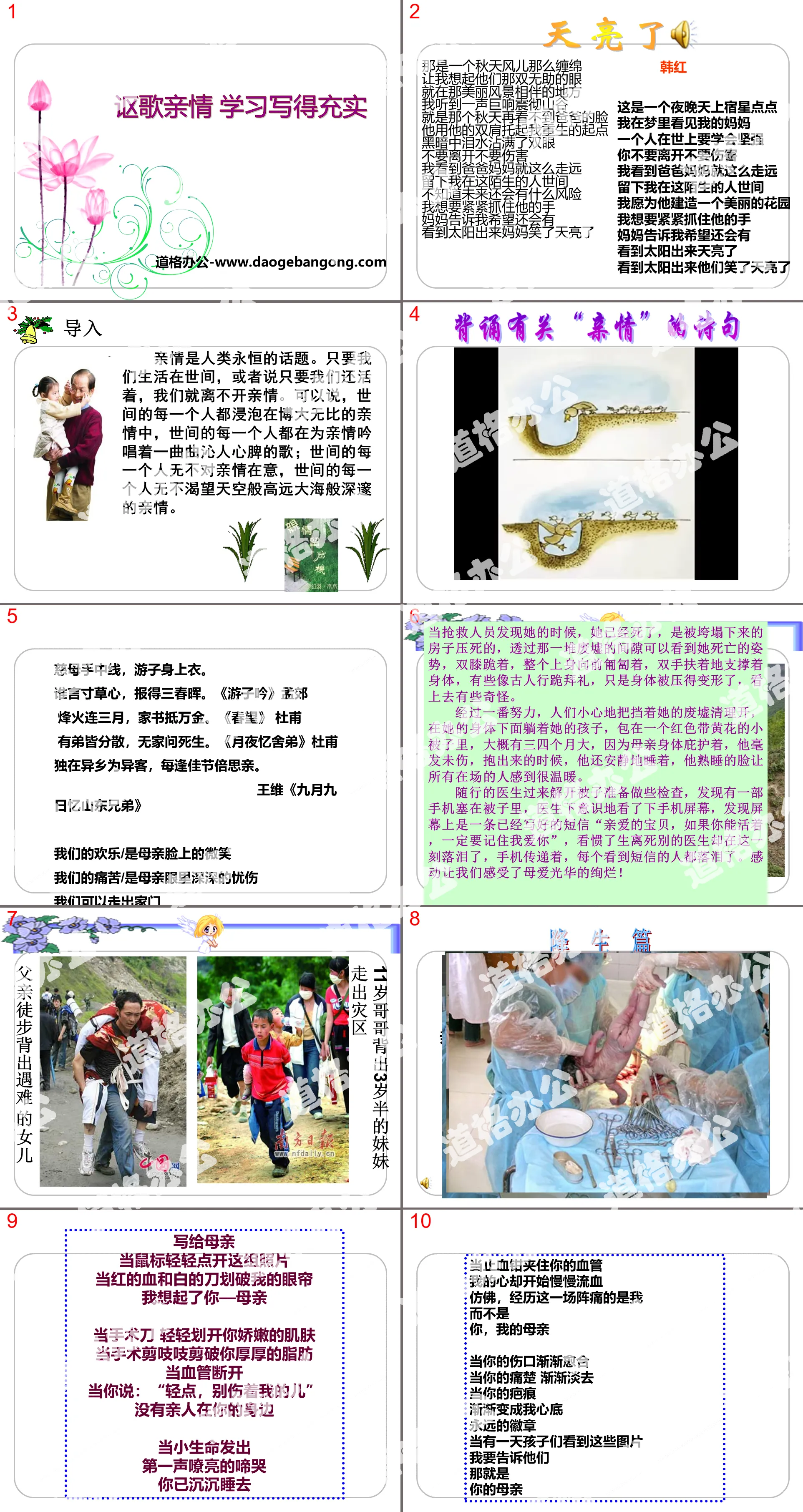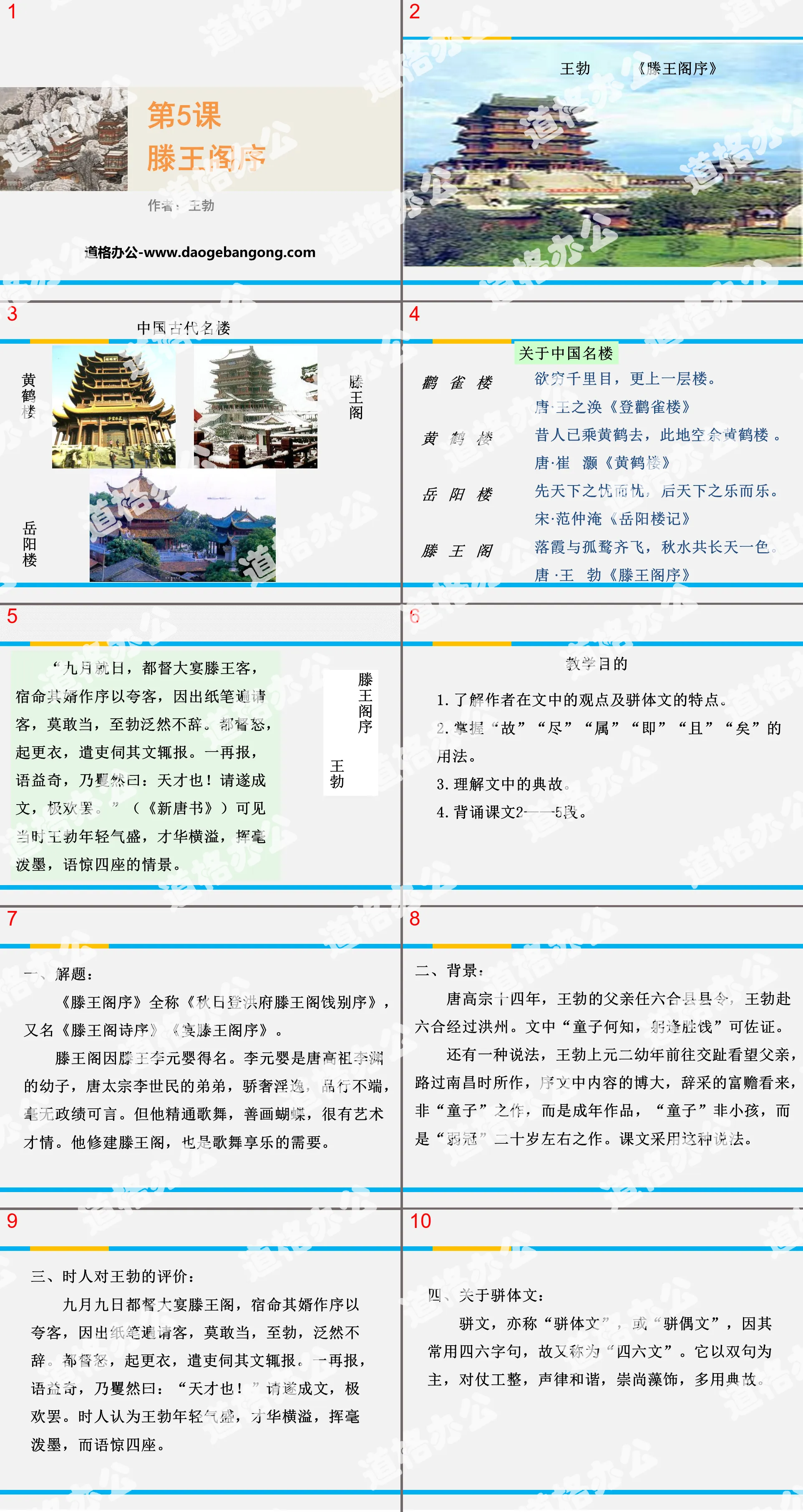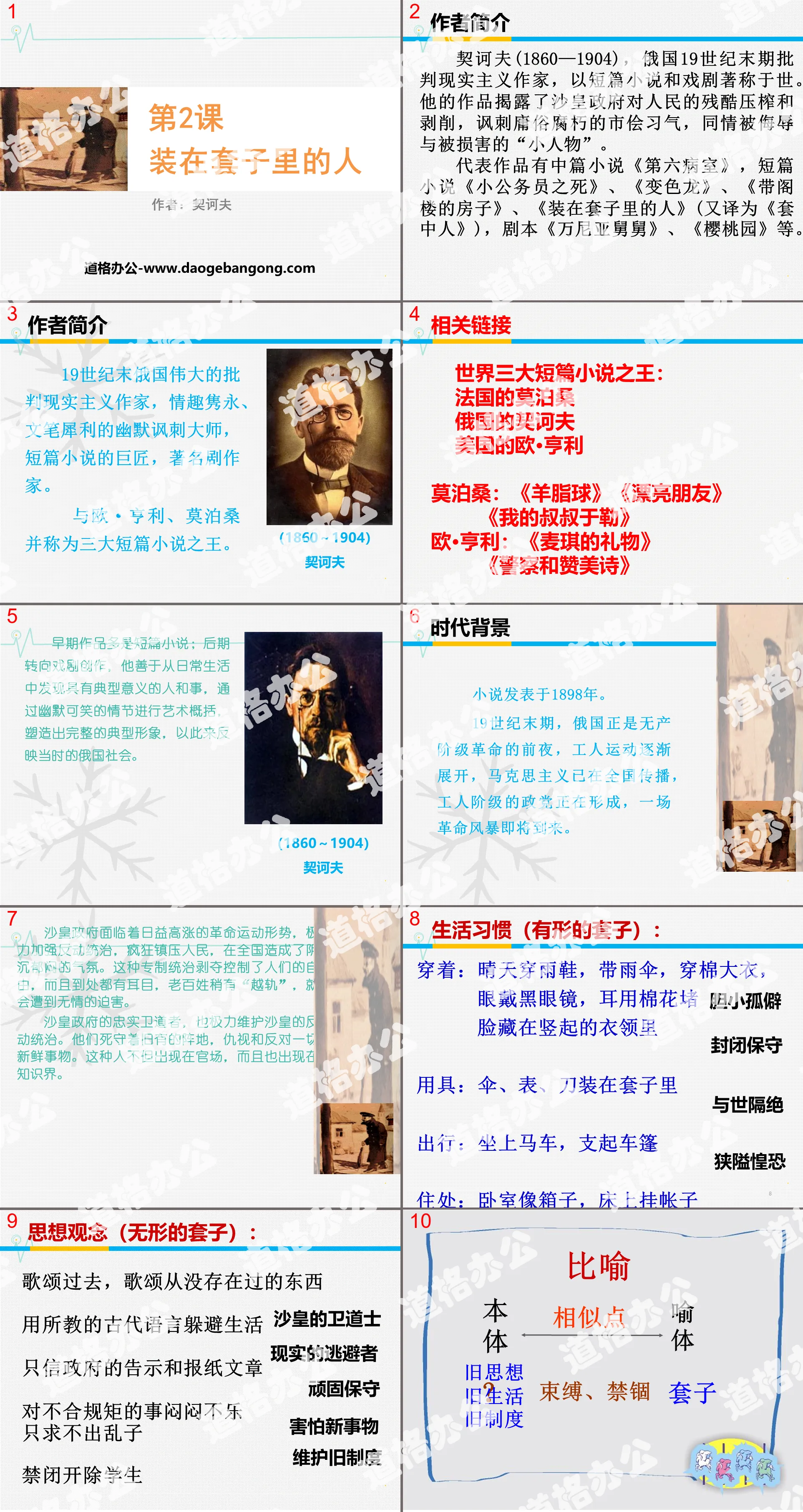Introduction to the famous book "The Romance of the Three Kingdoms" PPT courseware Simple campus recruitment activity planning plan summary enterprise and institution recruitment publicity lecture PPT template is a general PPT template for business post competition provided by the manuscript PPT, simple campus recruitment activity planning plan summary enterprise and institution recruitment promotion Lecture PPT template, you can edit and modify the text and pictures in the source file by downloading the source file. If you want more exquisite business PPT templates, you can come to grid resource. Doug resource PPT, massive PPT template slide material download, we only make high-quality PPT templates!
| 文件名 如何下载使用 | 下载次数 | Download Points | 下载地址 |
|---|---|---|---|
| Introduction to the famo... | 20700次 | 0.00 | Free Download |
Tips: If you open the template and feel that it is not suitable for all your needs, you can search for related content Introduction to the famous book "The Romance of the Three Kingdoms" PPT courseware is enough.
How to use the Windows system template
Directly decompress the file and use it with office or wps
How to use the Mac system template
Directly decompress the file and use it Office or wps can be used
Related reading
For more detailed PPT-related tutorials and font tutorials, you can view: Click to see
How to create a high-quality technological sense PPT? 4 ways to share the bottom of the box
Notice
Do not download in WeChat, Zhihu, QQ, built-in browsers, please use mobile browsers to download! If you are a mobile phone user, please download it on your computer!
1. The manuscript PPT is only for study and reference, please delete it 24 hours after downloading.
2. If the resource involves your legitimate rights and interests, delete it immediately.
3. Contact information: service@daogebangong.com
Introduction to the famous book "The Romance of the Three Kingdoms" PPT courseware, due to usage restrictions, it is only for personal study and reference use. For commercial use, please go to the relevant official website for authorization.
(Personal non-commercial use refers to the use of this font to complete the display of personal works, including but not limited to the design of personal papers, resumes, etc.)

Related reading
For more detailed PPT-related tutorials and font tutorials, you can view:Please click to see










Authoritative PPT Summary
Introduction to the famous book "The Romance of the Three Kingdoms" PPT courseware
Part One: Learning Objectives
1. Understand the background, author, ideological content, value, etc. of "The Romance of the Three Kingdoms".
2. Recognize and memorize some idioms, slangs and catchphrases related to "The Romance of the Three Kingdoms".
3. Establish a positive outlook on life that "it is up to the people to make things happen"; establish a social and historical outlook that "the world belongs to the world and everyone belongs to the world".
4. Obtain spiritual pleasure through appreciating typical images.
Introduction to famous works PPT, part 2: Introduction to the author
Luo Guanzhong (approximately 1330-approximately 1400), Han nationality, with the given name Guanzhong and the nickname Huhai Sanren, was born in Qi County, Taiyuan Prefecture, Shanxi; it is said that he was from Qiantang (now Hangzhou, Zhejiang) or Luling (now Ji'an, Jiangxi). A famous novelist and dramatist in the late Yuan and early Ming dynasties, he was the originator of Chinese chapter novels.
He wrote quite a lot throughout his life, and his main works include: the plays "Chao Taizu's Dragon and Tiger Meeting", "The Loyalty and Filial Son's Serial Remonstrance", "Sanping Zhang Die Cries Fei Huzi"; the novels "The Biography of the Sui and Tang Dynasties", "The Romance of the Remaining Tang Dynasty and the Five Dynasties" ", "The Legend of Sansui Pingyao", "Pink House", it is said that he co-authored "Water Margin" with Shi Naian, the representative work "The Romance of the Three Kingdoms", etc.
Luo Guanzhong was born in the feudal dynasty at the end of the Yuan Dynasty and the beginning of the Ming Dynasty. As an opera writer who was associated with "promoting excellence" and "prostitution", he was regarded as a low-ranking person at that time, and it was impossible for official history to write a biography for him. The only thing that can be seen is a pamphlet "The Sequel to the Book of Ghost Records" compiled by an unknown person in the Ming Dynasty, which reads: "Luo Guanzhong, a native of Taiyuan, nicknamed Huhai Sanren. He is gregarious with others and has Yuefu lingo, which is extremely refreshing. With Yu Because we have forgotten our friendship, we have been together for many years, so we are separated in the sky. We met again at Zhengjiachen, and we have not been together for more than sixty years, but we don't know where it ended."
Introduction to famous works PPT, the third part: the value of famous works
1. It shows the social reality of the chaos in the world at the end of the Eastern Han Dynasty, the rise of heroes, the complicated struggles, and the displacement of the people; it shows the hatred of the ignorant kings and traitors who caused the chaos, and the desire for the wise kings and good ministers who created a peaceful world.
2. Give us the most precious inspiration in life?
History cannot be changed, but people's destiny is in their own hands.
3. What view of history and society does it express?
The world is not the world of one person, but the world of everyone.
historical romance
Historical novels use popular language to organize and act out historical themes such as the rise and fall of conquests and dynasty changes into complete stories, and thereby express certain political thoughts, moral concepts and aesthetic ideals. Historical novels deal with The relationship between historical reality and artistic reality often has the characteristics of "seven realities and three imaginaries".
Introduction to famous works PPT, the fourth part: story summary
At the end of the Eastern Han Dynasty, the world was in chaos and disputes among the heroes. The three kingdoms of Wei, Shu, and Wu emerged one after another and became a tripartite force. They staged a long historical drama in which the long-term division must unite and the long-term uniting must divide. This book is a historical novel based on this historical background.
The Yellow Turban Uprising broke out at the end of the Han Dynasty. In the process of suppressing the uprising, a group of strong men emerged who separated themselves from each other and supported their own troops. They started fighting each other again for their own interests. After the death of Emperor Ling of the Han Dynasty, the young emperor Liu Bian succeeded to the throne, and his relative He Jin took power. The eunuchs killed He Jin. Yuan Shao raised an army to kill the eunuchs, but was defeated by Dong Zhuo. Dong Zhuo abolished Liu Bian and established Liu Xie as Emperor Xian. Situ Wang Yun cleverly used Diao Chan to drive a wedge between Dong Zhuo and Lu Bu's father and son, and then united with various powerful people to kill Dong Zhuo. Wang Yun was killed by Dong Zhuo's generals Li Xi and Guo Si. Subsequently, Yuan Shao's army fought with the other 17 towns and feudal lords.
In the end, three powerful forces were formed: Cao Cao in the north "held the emperor to order the princes", and successively annihilated Yuan Shao, Yuan Shu and other forces, unified the Yellow River Basin, and occupied the Central Plains; Liu Bei initially moved uncertainly until he visited the thatched cottage three times.
With the help of Zhuge Liang, a correct and effective strategic policy was formulated, that is, with the banners of "Zhou of the Imperial Family" and "Recovering the Han Dynasty" and the basic policy of "alliance with Wu to resist Cao". Finally, after the "Battle of Chibi", Cao Cao was forced to return north and was able to occupy parts of Yizhou and Jingzhou. Gradually developed and expanded; the Jiangdong Sun family established a firm foothold based on the six counties and 81 counties of Jiangdong starting from Sun Jian. Until Sun Quan, its strength grew day by day.
Introduction to famous works PPT, part 5: extended reading
"Excellent wisdom"——Zhuge Liang
Loyal, wise, modest and prudent, enforcing the law like a mountain, honest and dedicated spirit, perseverance and sincerity to work hard and die, he became a model of a virtuous prime minister in feudal society.
Zhuge Liang (181.4.14 ~ 234.8.28), courtesy name Kongming, nickname Wolong, Han nationality, native of Langxieyangdu (now Yinan County, Linyi City, Shandong Province), prime minister of the Shu Han Dynasty, an outstanding statesman, diplomat, inventor, Military theorist. When he was still alive, he was granted the title of Marquis of Wuxiang and his posthumous title of Marquis of Zhongwu.
Works: "The Master's Model", "The Master's Model" and "The Book of Commandments"
A few words about Zhuge Liang
Zhuge Liang pays filial piety - pretending
Zhuge Liang sings about the empty city strategy - there is no way
Zhuge Liang borrowed arrows - never returned the borrowed arrows
Zhuge Liang plays the piano - thinking carefully
The Three Stooges - as good as Zhuge Liang
Keywords: Free download of PPT courseware for five compulsory high school Chinese courses from the People's Education Press, PPT download of introduction to classics, PPT download of Romance of the Three Kingdoms, .PPT format;
For more information about the PPT courseware "Introduction to Famous Works: The Romance of the Three Kingdoms", please click the "Introduction to Famous Works: The Romance of the Three Kingdoms" ppt tag.
Introduction to the famous book "Don Quixote" PPT download:
Introduction to the famous book "Don Quixote" PPT download Part 1 content: Reading the famous book requires familiarity with the plot (sequence, time, place, personnel and cause and effect), understanding the character (image characteristics, meaning), clarifying the theme of the novel (expression content), appreciating the expression technique (structure) special..
Introduction to the famous book "Don Quixote" PPT courseware:
Introduction to the famous book "Don Quixote" PPT courseware Part 1: Introduction to the author Cervantes (1547-1616) was a great Spanish writer during the Renaissance. Cervantes's own life experience was a typical Spanish adventure career . Cervantes was born...
Introduction to the famous book "Don Quixote" PPT:
Introduction to the famous book "Don Quixote" PPT Part 1: Cervantes He is the greatest writer in the history of Spanish literature. One of his works is called the first modern novel of mankind. He is Cervantes. The date of his death was April 23, and later UNESCO...